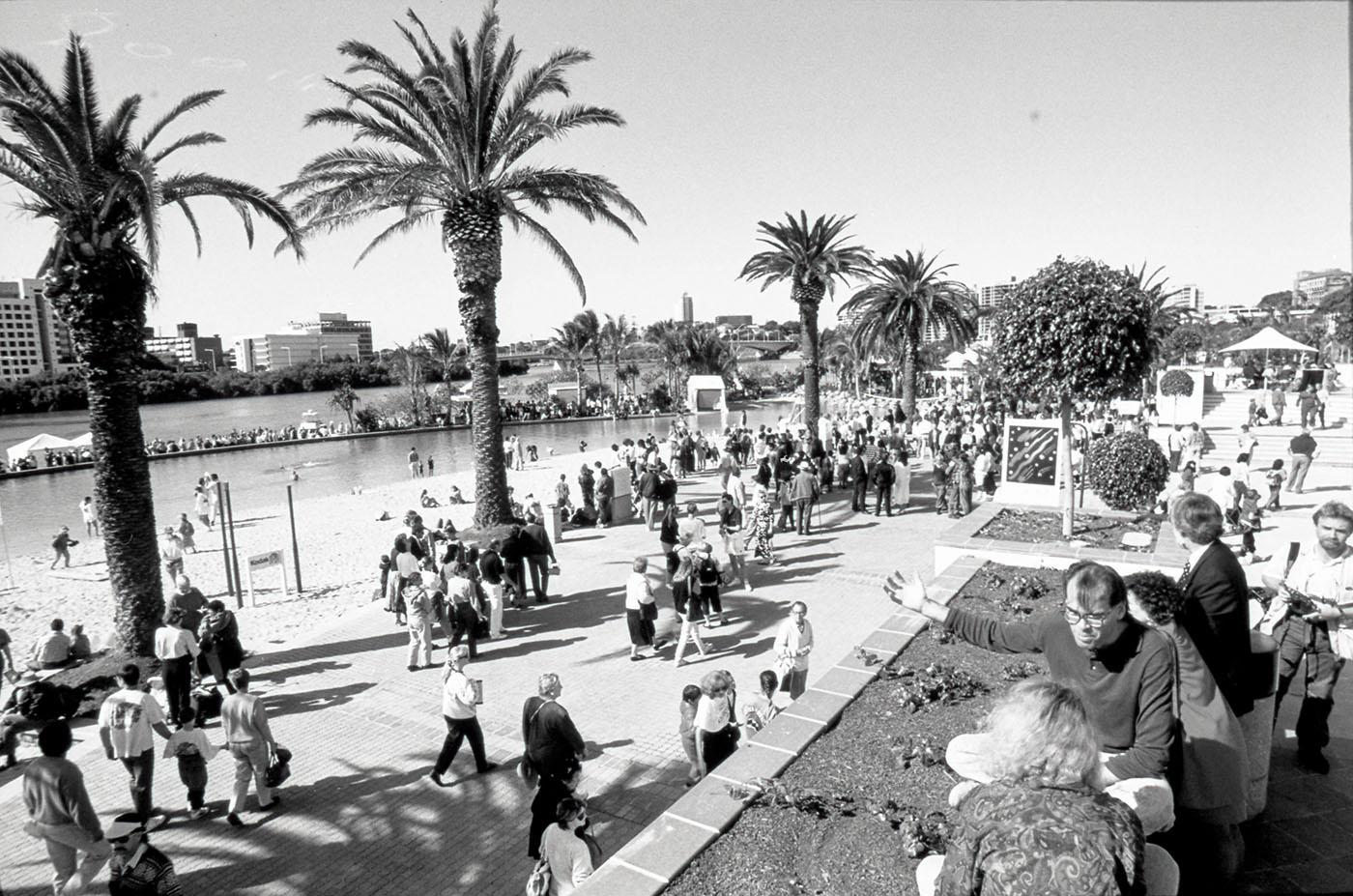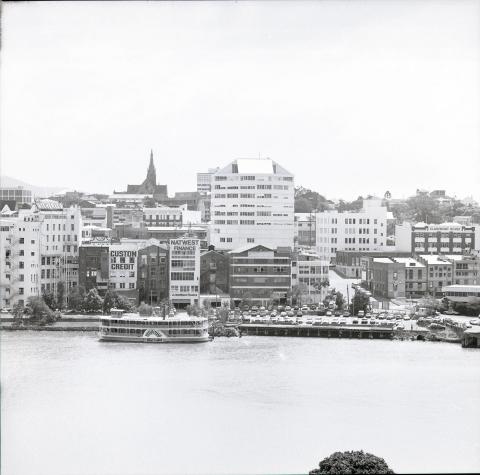
- News of the day
-
Telegraph, Wednesday 12 January 1898, page 5
South Brisbane.
The flood waters broke across Stanley street, at Russell street, about 9 o'clock last night, and during the night they continued to rise, spreading over all the low lands in the vicinity. This morning the scene presented was not an altogether unfamiliar one, and a contemplation of it seemed to bring back the pictures of past floods, making them as though only of yesterday. Many of the people, in fact most of them, living in the premises subject to flood had taken timely heed of the warning given, and the distressing scenes of 1890 and 1893 were fortunately not repeated. At 8.30 o'clock this morning the water in Stanley street extended from between the bridge and Russell street to near Ernest street, and was steadily rising. Up to about this time omnibuses had managed to make their way through the water, but as the level rose higher and higher they were obliged to discontinue. With the flooding of Stanley street the whole of the low-lying parts of South Brisbane, extending on each side of the railway line right round from the neighbourhood of Vulture street to the higher land of West End, were also put under water. People who wished to get into town from Woolloongabba mostly made their way on to the railway line, and walked along it to the Melbourne street station, whence they were able to reach the bridge dryshod. If any proof was wanting to show that the flood was rising it was to be had at the railway bridges which span the several streets leading from Stanley street. The rushing of the water through them plainly showed that the overflowing of the river was continuing.
- Background
-
South Bank was originally a meeting place for the traditional landowners, the Turrbal and Yuggera people and, in the early 1840s it became the central focus point of early European settlement. From the 1850s, South Bank Precinct was quickly established as the business centre of Brisbane. However, this was all disrupted when the 1893 Brisbane floods forced the central business district to shift to the northern side of the river and attain higher ground. This is where the Brisbane central business district still stands today. This began the decline of South Bank, and the area became home to vaudeville theatres, derelict boarding houses, and light and heavy industry.
The 1970s marked the beginnings of a new era, with parkland reclaimed along the river bank, and the Queensland Cultural Centre was built which included the Queensland Art Gallery, the Queensland Museum, the Queensland Performing Arts Centre and State Library of Queensland (today it also includes the Queensland Gallery of Modern Art).
In 1988, Brisbane held a successful World Expo 88, following which the Government intended to develop the site for commercial interests. However, a public campaign successfully lobbied for the site to be redeveloped as parkland for the enjoyment of people in Brisbane. In 1989, the South Bank Corporation, a Queensland Government statutory body, was established to oversee the development and management of the new South Bank Parklands.
In 1998, a major redevelopment was announced that included the Goodwill Bridge, Grey Street, Grand Arbour and improvements to accessibility via removal of the canals and associated pathways.
/153.0232723,-27.4783988,7/450x450@2x.png?access_token=pk.eyJ1IjoicXNhLWRpc2NvLXFsZCIsImEiOiJjamJmdTgyZXEyeWNjMnlxZm8xcmtieHgxIn0.lmT9J5tTPKGuuccQgCVSAg)


